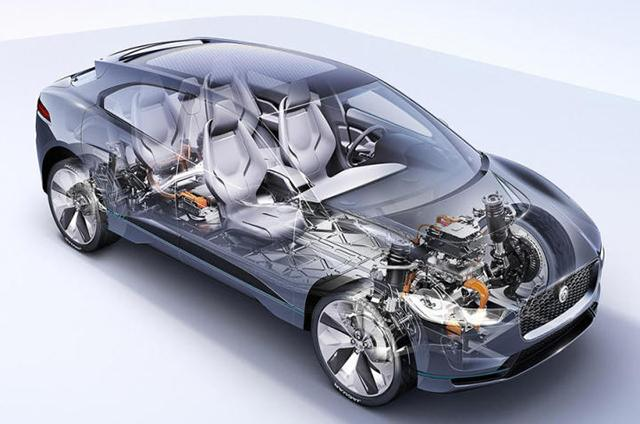From 2007 to 2021, China’s automotive industry has been flourishing, with car sales peaking in 2018. During this process, we have seen the rapid development of joint ventures, the rise of independent brands, and the growth of emerging companies in electric vehicles. Currently, in the era of major changes in the automotive industry, there are different design and development requirements for electrification, intelligence, networking, and sharing, which has prompted vehicle manufacturers in the fiercely competitive Chinese market to break the previous “five-year model change, three-year facelift” development rhythm. At present, auto companies are implementing large-scale investment in electrification transformation on the basis of gasoline car sales, and carrying out transformation on the software side.
As shown in the figure below, we can see a very important feature, which is that the powertrain and thermal management system, including the driving system, battery system, charging and power electronics, and thermal management system, are starting to further integrate and develop to enter the high-integration stage. These gray areas will all serve as the basic components of future intelligent electric vehicles and will develop on the road of scale and integration.
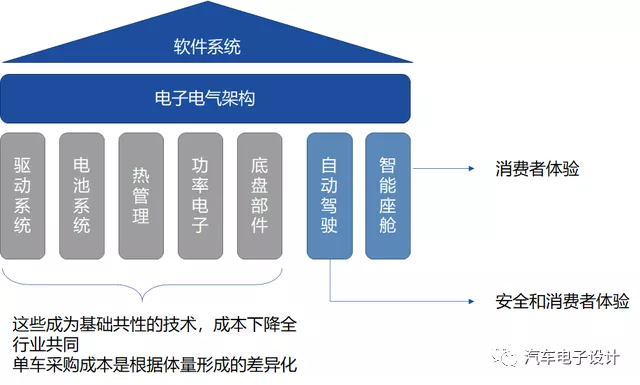
What are the combinations of powertrain direction?
The integration we experienced in the previous years mainly included the power system terminal devices of the electrical architecture which include onboard charger (OBC), high-voltage DC/DC (HV DCDC), inverter (ACDC), and power distribution unit (PDU). Since there are many components, in the consideration of platform development, integration can be applied at mechanical, control or power system level. Currently, a clear approach is modular integration:
3+3+3: driving system (motor, inverter, reducer three-in-one), battery system (battery + OBC+DCDC integration), and thermal management integration (PTC, compressor and pipeline, valve), which we are already familiar with and has become a conventional approach.
For more integrated solutions, such as the high-integration electric drive unit “8-in-1” on General Motors’ Ultium platform, which includes motor, inverter, and reducer, vehicle controller, integrated PDU, OBC and two DCDC, as shown in the figure below.
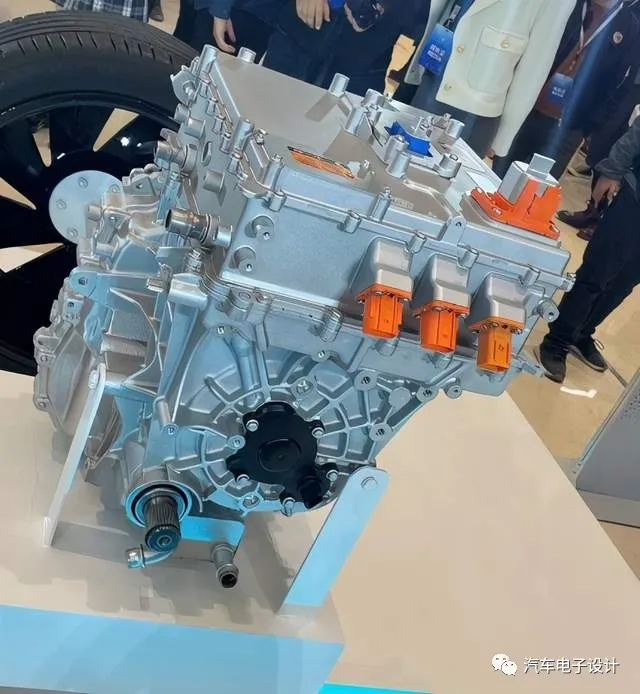
As competition becomes increasingly intense, to achieve a certain level of height in scale, automakers need to make a deeper simplification on the basis of the existing modularization, integrating these components into a complete component, which can bring many benefits:To optimize the characteristics and efficiency of the three electric elements and the electric vehicle architecture, the number of parts required for assembly can be reduced and the manufacturability of the total assembly can be improved.
By using a structural system, the number of high-voltage wiring harnesses can be reduced, the structure can be merged, the brackets can be reduced, and the overall weight can be reduced. The most important thing is to reduce the complexity of vehicle-level management.
With future considerations in mind, each component should be standardized and modularized so that they can be reused as much as possible during the integration process.
Cost optimization and integration processes create significant cost-saving opportunities.
Here we see two directions. One is the different integration stages from the chip and circuit perspectives. As mentioned earlier, integration has different stages from different levels of electrical, structural, and control perspectives. For example, taking the integration of the vehicle-mounted charger and the DCDC as an example, these two components are completely independent. Our ultimate goal is to achieve a certain degree of reuse of high-integrated components at the component level through functional integration, and to simplify costs through detailed design changes in circuit structures.
Note: This principle diagram is from TI’s official website TI.COM.CN, which contains a selection list for these devices. TI’s ultra-low latency C2000™MCU helps achieve higher switching frequencies (up to 1 to 2 MHz), and optimized high-speed gate drivers made from materials such as GaN can significantly reduce component size and improve system efficiency.
Phase One: OBC and DCDC are physically placed together but both are independent components, as shown in the following figure, combining the two components as a whole.
Phase Two: The two components use a common structure housing and share cooling channels.
Phase Three: Control level integration, integrating the control logic portion of the circuit of the two components together.
Phase Four: At the power topology level, reuse parts of the circuit components (switching devices and magnetic devices).
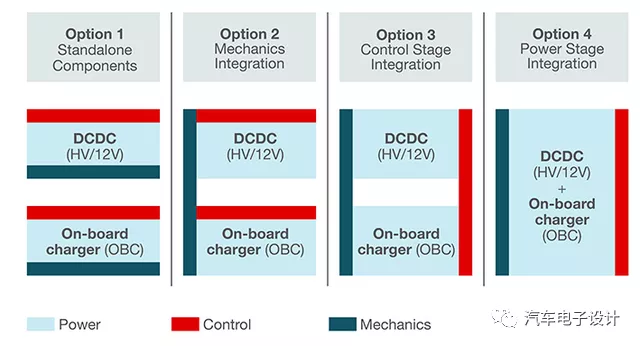
Looking at this angle, considering the power device integration, since the full bridge rated voltage of the vehicle-mounted charger and the high-voltage DC/DC are the same, they can be combined, and the reuse of the entire bridge shared power switch by both components is possible. Integrating the two transformers together achieves magnetic integration, and having the same rated voltage on the high voltage side may eventually become a three-terminal transformer. Under this design, the low voltage output performance of the DCDC will be limited, and an additional built-in step-down converter can be considered.
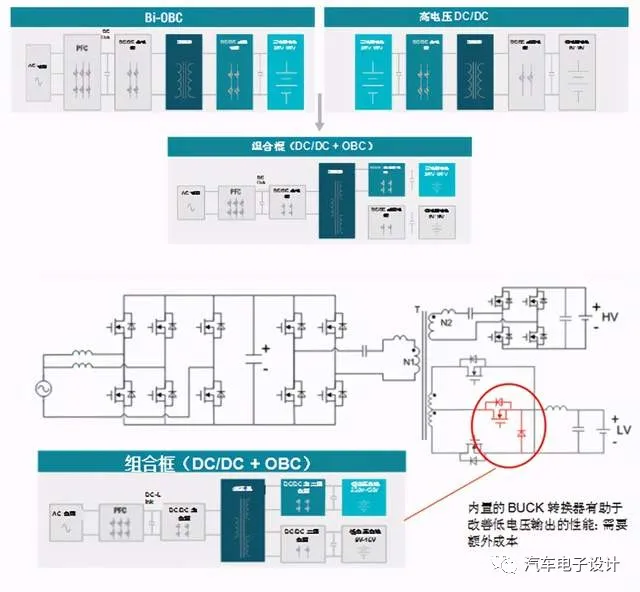 The second direction is centralized management at the control and algorithm levels.
The second direction is centralized management at the control and algorithm levels.
Regarding the previous design direction of integrated thermal management of a certain brand, not only are component integration and physical centralization adopted here, but also all 12 components in the traditional thermal management system are integrated into one using a substrate to replace the original interconnecting pipelines. This achieves a 40% reduction in the number of pipelines and a 10% reduction in the number of components. More importantly, all component control parts are centralized, and the control systems of key components such as compressors and water pumps are integrated into the EDU (Electric Drive Unit). The benefits of this include software expansion, upgrades, and functional optimization, as well as a reduced probability of electronic control failures in components and enhanced diagnosis and maintenance for the lifecycle of each component. Most importantly, this approach conforms to the technological trend of centralized management and release of automotive software in the future.
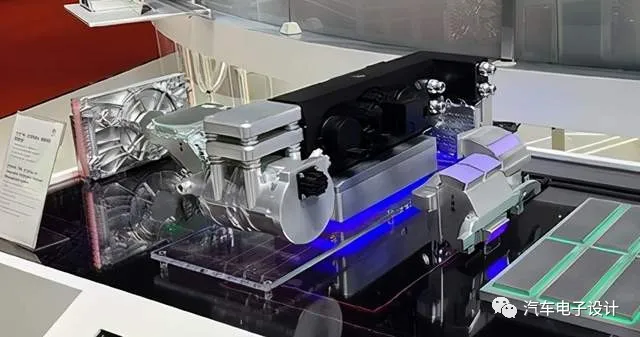
Summary: Intelligent electric vehicles will revolutionize the entire industry in the future, with the integration and sharing of electrical components as the foundation throughout the entire process. The advantages lie in the reduced number of components and simpler system, and the integration from initial structural integration to electronic and electrical integration. With the gradual development of software control, the development pace of the overall intelligent vehicle will be faster and will increasingly require the core support of chips and software in the three-electric system.
Reference documents:
1) Achieving High Efficiency and Enabling Integration in EV Powertrain Subsystems Using C2000™ Real-Time MCUs
2) A High-Performance, Integrated Powertrain Solution: The Key to EV Adoption
3) Reduce EV cost and improve drive range by integrating powertrain systems
This article is a translation by ChatGPT of a Chinese report from 42HOW. If you have any questions about it, please email bd@42how.com.
